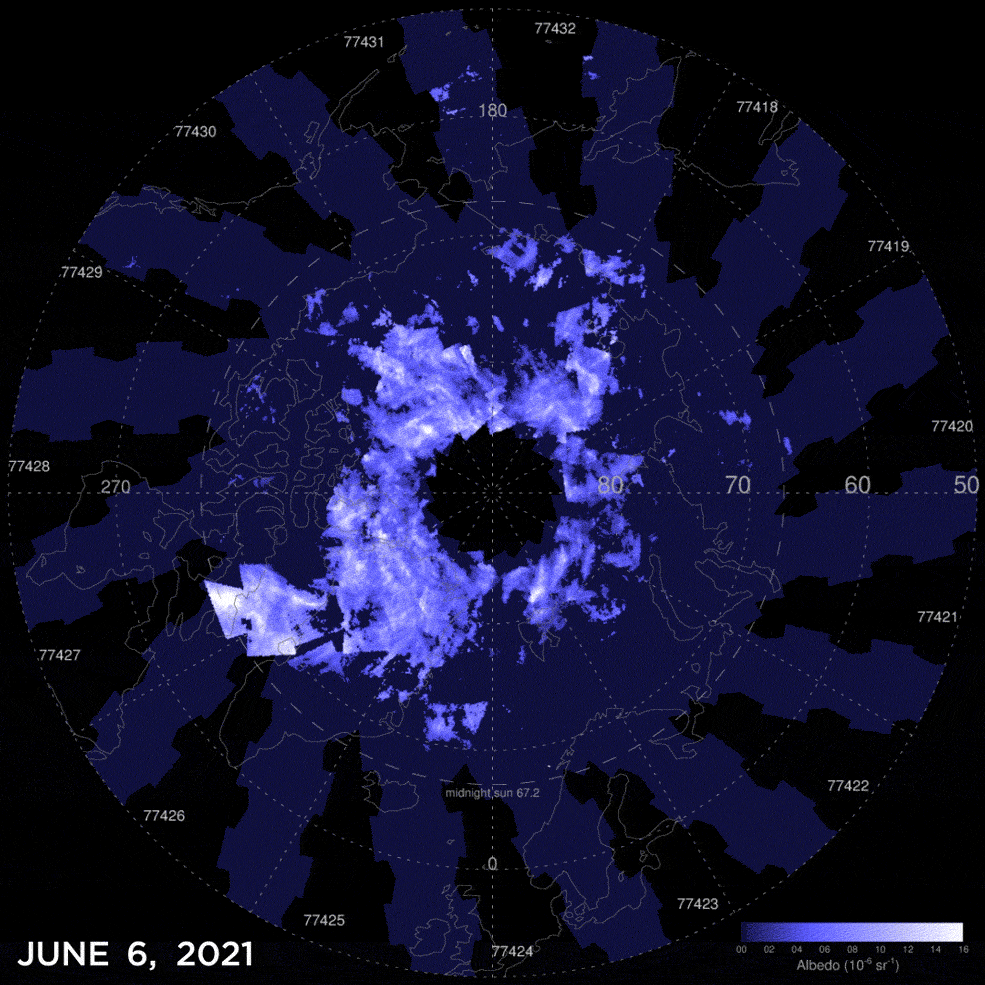Publié le 2 juillet 2021
Combined data from three NASA satellites have produced a long-term record that reveals the mesosphere, the layer of the atmosphere 30 to 50 miles above the surface, is cooling and contracting. Scientists have long predicted this effect of human-driven climate change, but it has been difficult to observe the trends over time.
“You need several decades to get a handle on these trends and isolate what’s happening due to greenhouse gas emissions, solar cycle changes, and other effects,” said Scott Bailey, an atmospheric scientist at Virginia Tech in Blacksburg, and lead of the study, published in the Journal of Atmospheric and Solar-Terrestrial Physics. “We had to put together three satellites’ worth of data.”
Together, the satellites provided about 30 years of observations, indicating that the summer mesosphere over Earth’s poles is cooling four to five degrees Fahrenheit and contracting 500 to 650 feet per decade. Without changes in human carbon dioxide emissions, the researchers expect these rates to continue.
Since the mesosphere is much thinner than the part of the atmosphere we live in, the impacts of increasing greenhouse gases, such as carbon dioxide, differ from the warming we experience at the surface. One researcher compared where we live, the troposphere, to a thick quilt.
